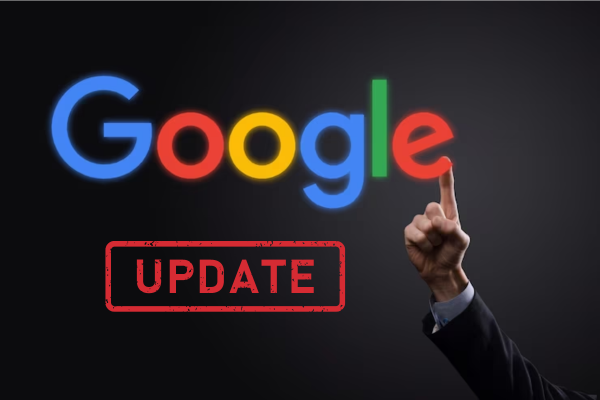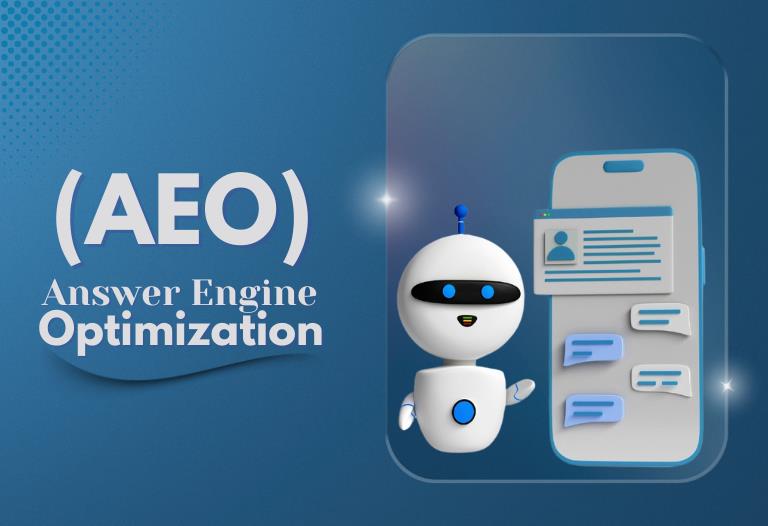
The March 2024 Core Algorithm Update brought in new realities that were reflected in Google’s Spam Explainer. Everything that was added or removed is listed here, along with an explanation of what each change implies and how it affects the update to the core algorithm.
Core Algorithm Update for March 2024
Without a doubt, one of the most significant updates to Google’s core algorithm is the one that makes significant adjustments to other systems as well as the core ranking algorithm.
The first clue that something noteworthy was going on behind the scenes, in my opinion, was the shift in the Reviews system from a semi-monthly update to a continual update. This kind of modification is typically preceded by a software or hardware update to Google’s core infrastructure or both at the same time (as was the case with Google’s Hummingbird update, which made more potent capabilities possible).
Updates to Google’s Spam Explainer document provide important details regarding the ongoing update this month, which primarily focuses on links.
-
Google Downplays Connections
Gary Illyes of Google stated at this year’s Pubcon Austin 2023 that links don’t even rank in the top three significant ranking signals.
Since the spam documentation essentially deemphasizes links, a single update seems to validate Illyes’s claim.
Previous documentation:
“Google uses links as an important factor in determining the relevancy of web pages.”
New documentation:
“Google uses links as a factor in determining the relevancy of web pages.”
A conservative would typically consider the elimination of the term “important” to be confusing. To be conservative, however, is difficult in light of Illyes’ assertion regarding linkages. In my opinion, the term “important” was removed with the intention of downplaying the significance of links.
-
Content Manipulated to Create Links
The guidelines have been supplemented with a second link. This new element has to do with producing content specifically for manipulative links. This is explained in a new sentence that has been appended to a list of illustrations of manipulative links.
This is the description of the new Content and Links signal:
“Creating low-value content primarily for the purposes of manipulating linking and ranking signals.”
Although it seems vague, it seems to be directed at a type of sponsored link building in which a network of websites is built with the intention of pointing links from pages that are contextually appropriate. For those unfamiliar with SEO, this is a fairly old tactic known as Private Blog Networks (PBNs).
-
An Update On The Outgoing Link Signal
Using manipulating outbound links is the focus of another new signal. Websites that sell links (outgoing) have long faced penalties from Google. This, however, might be the first time Google specifically states that its algorithm looks at outgoing links.
The new sentences state the following:
“Link spam may be applied to any links that are meant to manipulate search engine rankings.” This covers any actions that alter links pointing to or departing from your website.
-
Signal for New Expired Domains
The news made today may lead some to believe that Google is taking tough measures against expired domain names. That’s not quite the right way to understand it.
Actually, what’s going on here is that Google is launching a new domain-related signal that looks for modifications in a domain’s former usage to a new use.
Google uses the word “repurpose” to describe the signal:
“Expired domain abuse is where an expired domain name is purchased and repurposed primarily to manipulate search rankings by hosting content that provides little to no value to users.”
Google has revised its criteria, and some examples of what the new signal looks for are as follows:
“Affiliate content on a website that a government agency once used Commercial medical goods are being offered on a website that was formerly owned by a medical nonprofit Material pertaining to casinos on a previous elementary school website”
According to the rules, the things in the list above are only example, and the signal’s search parameters are not limited to them. The verified conclusion is that Google’s expired domain signal looks at how a newly created website on an expired domain varies from its previous purpose.
This does not imply that maintaining the same content will suffice to pass the signal, as the signal considers the purpose—for example, switching from a non-affiliate to an affiliate purpose.
Why Changes Aren’t Clearly Described
These are the four new improvements that particularly target link signals to Google’s spam explanatory page. It seems sense that some of the modifications may appear confusing in order to give the overall layout of the new link signals without explicitly stating what those changes are.
Using the vagueness in Google’s description of the signals to refute the existence of a change would, in my opinion, be a mistake. I have 25 years of practical experience as an SEO, witnessing and evaluating search engine upgrades. As is always the case, those with a financial stake in maintaining the status quo would likely resist the reforms. You have the freedom to make your own decisions.
Although the spam document has undergone more modifications, these are the ones that particularly address link signals in Google’s most recent core ranking algorithm upgrade.
It could be helpful to keep in mind that the March 2024 Core Algorithm Update will take a month to fully roll out before making any modifications in reaction to the algorithm.




 March 6, 2024
March 6, 2024









